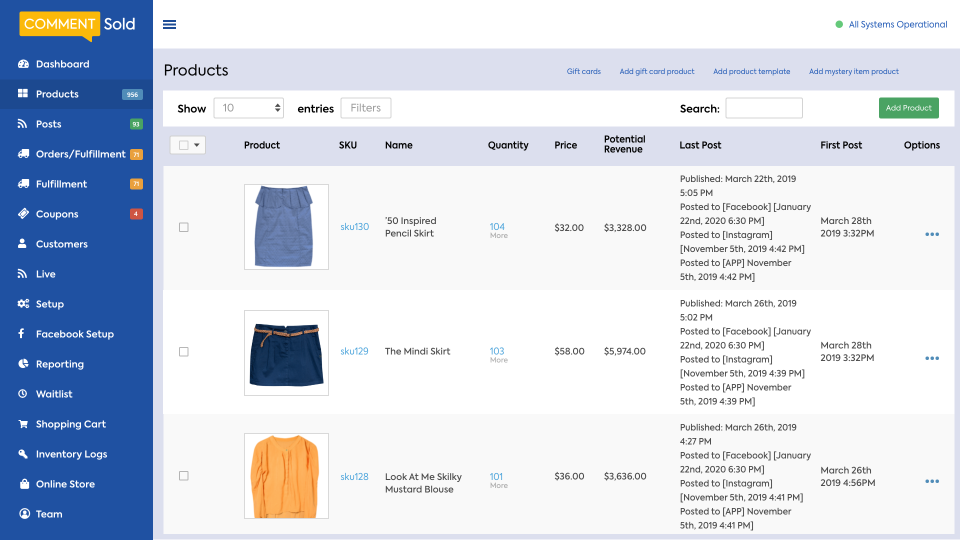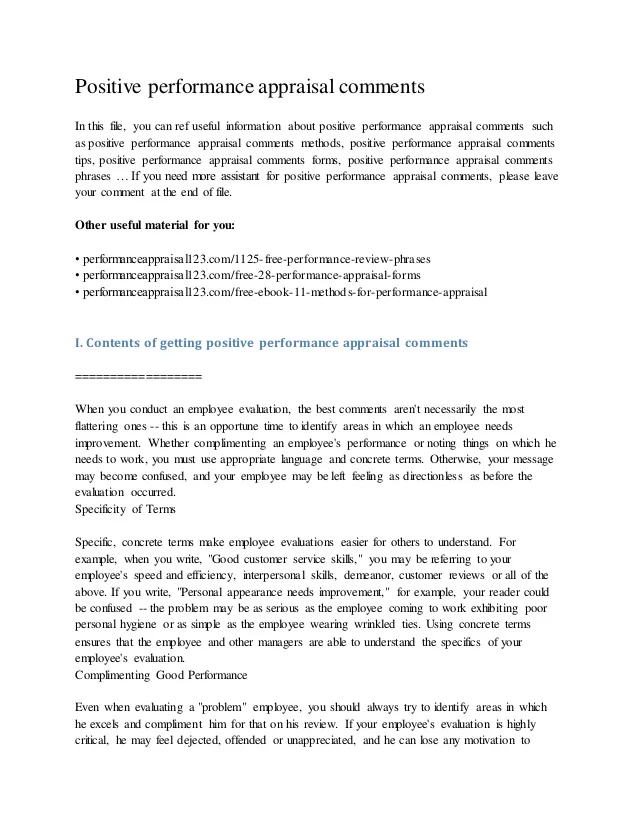Without question, getting comments from interested readers is one of the most enjoyable and rewarding aspects of blogging. Unfortunately, interacting with people through comments is an asynchronous task, and this oftentimes makes it difficult to follow the ongoing conversation.
- Comments Plus +comments & Reviews -
- Comments Plus +comments & Reviews 2017
- Comments Plus +comments & Reviews Expedia
- Comments Plus +comments & Reviews Sweepstakes
User Reviews for 5-HTP to treat Anxiety. 5-HTP has an average rating of 6.8 out of 10 from a total of 99 ratings for the treatment of Anxiety. 62% of those users who reviewed 5-HTP reported a positive effect, while 23% reported a negative effect.
Over the past couple of years, I've seen designers and programmers attempt to solve this problem with things like threaded comments or even in-line ajax commenting. Problem is, solutions like these tend to fall into one of two categories:
- They are ugly as sin and a nightmare to style.
- They are technical, complicated, and require you to install a plugin to get the result you want.
- 8 Top WordPress Comment Plugins For More Engagement 1. Thrive Comments. Thrive Comments is a relatively new plugin from the stable of Thrive Themes. It is actually the exact comments system that we use here at ShoutMeLoud – so if you want to see it in action, just scroll down.
- Better Recent Comments improves on this by providing a more flexible widget with options to show the user's actual comment, as well as show avatars and the ability to show or hide the comment date. As well as the widget, there's a handy shortcode you can use to display your recent comments.
- To view comments on a video, scroll down the video's page. Replies are threaded to make it easy to follow conversations. All comments on YouTube are public and anyone can reply to a comment that you post. If you can't find a comment after you get a notification, it's possible that the comment has already been removed.
- The syntax for creating a SQL comment in PostgreSQL using -symbol is:- comment goes here. In PostgreSQL, a comment started with -symbol is similar to a comment starting with # symbol. When using the -symbol, the comment must be at the end of a line in your SQL statement with a line break after it. This method of commenting can only span a.
Man, oh man… If there's one thing I hate more than ugly, it's complicated.
Clearly, we need a comment management solution that is not only stylish, but also simple enough that anyone can execute it.
Don't be rude… Address your commenters directly!
When you're out in public and somebody asks you a question, do you:
- Address everyone in the surrounding area with your response, or…
- Answer them directly
Silly question, right? Well, dialogue on the Web is no different, yet you often see Webmasters responding to comments without addressing the person who initially asked the question. And even in those cases where Webmasters do include the name of the addressee, the resulting styling usually leaves something to be desired.
Comments Plus +comments & Reviews -
Fortunately, WordPress (and just about every other CMS on the planet) contains comment ID numbers1, which allow you to link directly to any comment you like. When you respond to people's questions, you should use this ID to link the commenter's name to their original question.
From a usability standpoint, this is excellent because it leads readers down a direct path that will help them follow the conversation. Plus, it eliminates the incredibly annoying need to scroll through a long list of comments while looking for the original question.
Check out how this works by looking at a live example of an interactively-linked comment (edit: link removed). Ntfs seagate for mac manual.
A little style makes everything better
Alright, now that you know how to address your readers, you need to add a bit of style to those comment links. However, due to the nature of comments on blogs, there are a couple of design constraints that we'll need to work with in order to get the most effective, least confusing result.
- The links to commenters should not clash with regular links that people sometimes post in comments; therefore, they must be styled differently (and possibly behave differently) than normal comment links.
- The name of the commenter to whom you're linking should stand out visibly, but the styling should not dominate other important elements (like the name of the person leaving the response, for instance).
On my sample comment (edit: link removed), notice how I've styled the names of the people I'm addressing in bold. Also, notice how I've italicized their names to help differentiate them from my name, which appears at the top of the comment.
Finally, if you mouse over one of the links, you'll see that it behaves differently than regular links on this site. Again, the entire goal of these commenter links is to foster the conversation and improve usability, so that's why I've taken a minimalist, simplistic approach to styling them.
Enough theory, already—let's get stylin'. Here's the CSS I'm using, but keep in mind that your mileage may vary due to the way your anchor tags () are styled by default.
Comments Plus +comments & Reviews 2017
The Bottom Line
Comments Plus +comments & Reviews Expedia

- C++ Object Oriented
- C++ Advanced


- C++ Useful Resources
- Selected Reading
Program comments are explanatory statements that you can include in the C++ code. These comments help anyone reading the source code. All programming languages allow for some form of comments.
C++ supports single-line and multi-line comments. All characters available inside any comment are ignored by C++ compiler.
C++ comments start with /* and end with */. For example −

- C++ Object Oriented
- C++ Advanced
- C++ Useful Resources
- Selected Reading
Program comments are explanatory statements that you can include in the C++ code. These comments help anyone reading the source code. All programming languages allow for some form of comments.
C++ supports single-line and multi-line comments. All characters available inside any comment are ignored by C++ compiler.
C++ comments start with /* and end with */. For example −
Comments Plus +comments & Reviews Sweepstakes
A comment can also start with //, extending to the end of the line. For example −
When the above code is compiled, it will ignore // prints Hello World and final executable will produce the following result −
Within a /* and */ comment, // characters have no special meaning. Within a // comment, /* and */ have no special meaning. Thus, you can 'nest' one kind of comment within the other kind. For example −
